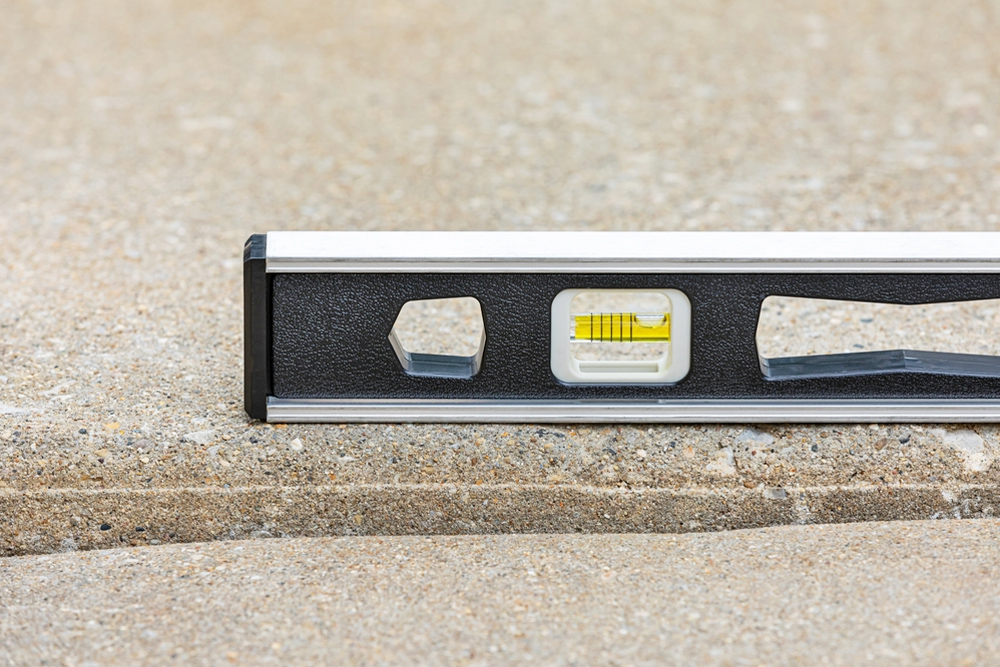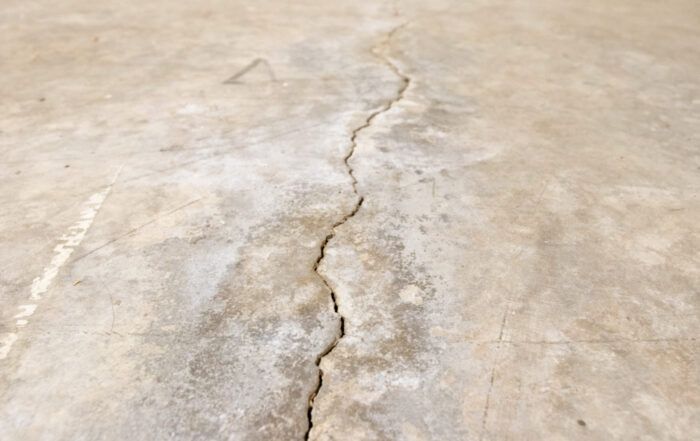Concrete Leveling: The Ultimate Solution to Uneven Surfaces

Picture this: You’re walking along your driveway, coffee in hand, ready to take on the day – and then it happens. Your toe catches on an uneven slab of concrete. You manage not to spill your coffee (heroic), but you know it’s only a matter of time before someone else isn’t so lucky. That, my friend, is where concrete leveling comes to the rescue!
Concrete leveling isn’t just about saving your morning coffee or your neighbor’s dignity – it’s the ultimate solution to give tired, lopsided surfaces a much-needed facelift. But how does it work? Why is it better than replacing the entire slab? And is it really as fun as it sounds (spoiler: yes)? In this article, we’ll walk through the nitty-gritty of concrete leveling, demystify the process, and make you a master of all things smooth and level.
What is Concrete Leveling?
Think of concrete leveling as the Botox of construction – it’s a quick, affordable, and minimally invasive way to restore your concrete surfaces to their former glory. Rather than ripping up and replacing uneven slabs (which is messy and expensive), concrete leveling involves injecting or pumping a material under the slab to raise it to its original height. The result? A perfectly even surface with much less hassle.
Concrete leveling goes by a few different names – slabjacking, mudjacking, or polyjacking. But they all aim for the same goal: restoring those sinking or cracked surfaces without the need for demolition.
Why Does Concrete Sink or Settle in the First Place?
Like a soufflé that falls flat (thanks, gravity!), concrete has a habit of settling over time. Here are some of the most common culprits:
- Soil Erosion: Rainwater can wash away the soil beneath a slab, creating voids that make the concrete sink.
- Poor Compaction: If the soil wasn’t properly compacted before pouring, the slab can shift as the ground settles.
- Freeze-Thaw Cycles: Water gets into the soil, freezes, and expands, then melts and contracts – leaving gaps under your concrete.
- Heavy Loads: Driveways, sidewalks, or patios that take a beating (think heavy trucks or basketball games) can slowly sink over time.
Luckily, concrete leveling can swoop in to save the day without needing to tear everything out and start over.
The Science Behind Concrete Leveling: Mudjacking vs. Polyjacking
There are two popular methods of concrete leveling, each with its own pros, cons, and cool science.
Mudjacking: The Original Leveling Technique
Mudjacking has been around for decades. It involves drilling small holes in the concrete and pumping in a slurry (a mix of cement, sand, and water) beneath the slab. The slurry fills the voids, raising the slab back to its proper level.
Advantages:
- Cost-effective
- Time-tested and reliable
- Eco-friendly, using natural materials
Downsides:
- Can take longer to cure, sometimes up to 24 hours
- May not be suitable for slabs with heavy loads
Polyjacking: The New Kid on the Block
Polyjacking uses high-density polyurethane foam to level the concrete. Tiny holes are drilled, and the foam is injected. As it expands, the foam lifts the slab and hardens in place. It’s quick, effective, and super durable.
Advantages:
- Cures in as little as 15 minutes
- Lightweight yet strong
- Perfect for slabs under heavy pressure, like driveways
Downsides:
- Slightly more expensive than mudjacking
- Not as eco-friendly due to synthetic materials
What Kind of Surfaces Can Be Leveled?
Concrete leveling isn’t just for driveways (though they do benefit greatly!). Here’s a rundown of the surfaces that can get their groove back through leveling:
- Sidewalks: No more tripping on that sneaky, uneven block. Your mail carrier will thank you.
- Driveways: Level those dips and eliminate puddles that could become icy hazards.
- Patios and Pool Decks: Ensure smooth lounging and safer swims.
- Garage Floors: Keep your cars and tools level – it’s all about balance.
- Basement Floors: Fixing uneven slabs can also help with moisture issues.
Why Choose Concrete Leveling Over Replacement?
Good question! Let’s break it down.
- Cost Savings: Replacing concrete is expensive – think thousands of dollars. Leveling, on the other hand, can be done for a fraction of the cost.
- Minimal Disruption: Replacing slabs means jackhammers, dust clouds, and weeks of inconvenience. Leveling can often be completed in a matter of hours.
- Eco-Friendly: Why waste materials when you can reuse what’s already there? Leveling keeps old concrete in place and prevents unnecessary waste.
- Aesthetic Consistency: New slabs can stand out like a sore thumb against older ones. With leveling, the original concrete stays intact, creating a uniform look.
The Concrete Leveling Process: How It’s Done
So, what can you expect when you decide to level your concrete? Here’s the typical step-by-step process:
- Inspection: A contractor will assess the area to see what caused the settling and ensure that leveling will solve the issue.
- Drilling: Tiny holes (usually 1-2 inches) are drilled in the slab.
- Pumping or Injecting: Depending on the method (mudjacking or polyjacking), the leveling material is pumped through the holes.
- Raising: The slab gradually lifts as the material fills the voids beneath. The contractor will monitor the level to ensure perfect alignment.
- Sealing: Once the slab is back in place, the holes are filled with cement or epoxy to prevent moisture from seeping in.
- Enjoy Your Smooth Surface: Walk, drive, or lounge on your newly-leveled surface!
How Long Does It Last?
Concrete leveling isn’t just a quick fix – it’s a long-term solution. With proper care, the results can last 10 to 20 years (or even longer). However, keep in mind that the soil conditions under your slab can impact its longevity. Preventing future soil erosion by addressing drainage issues is key to keeping things level.
How Much Does It Cost?
Ah, the million-dollar question (okay, not quite a million). The average cost of concrete leveling ranges from $500 to $1,500, depending on the size of the area and the extent of the damage.
- Small repairs (like a single sidewalk slab): Around $300-$600
- Driveways or patios: Around $1,000-$2,000
While polyjacking tends to be a bit more expensive than mudjacking, the quick cure time and durability make it worth the extra bucks.
The Future is Level
In a world full of uneven surfaces, concrete leveling is a hero in disguise – saving money, time, and the occasional stubbed toe. Whether you’re dealing with a sunken driveway, a wobbly patio, or a basement that’s seen better days, concrete leveling offers an efficient and affordable solution.
So next time you spot a sunken slab, don’t wait for disaster to strike. Grab the phone, call your local concrete leveler, and enjoy the peace of mind that comes with smooth, even surfaces. Your driveway – and your toes – will thank you.
And who knows? Maybe you’ll even impress your neighbors with your newfound concrete knowledge at the next barbecue.



